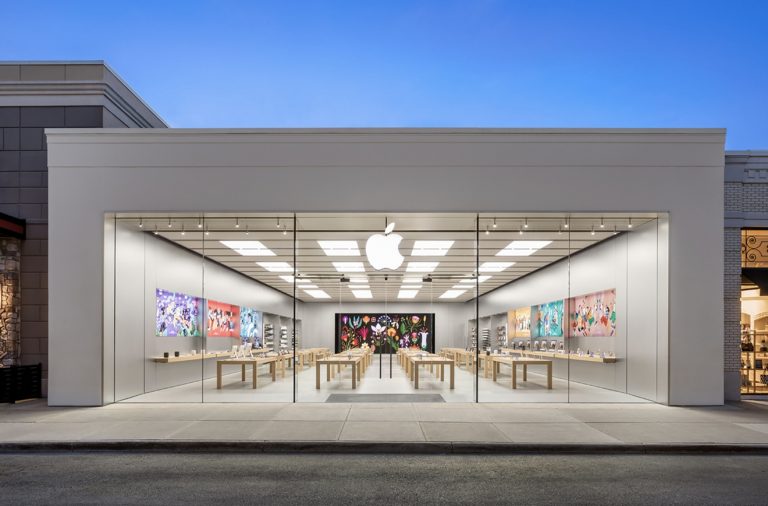Why You Must Consistently Introduce New Products and Services
There was a time Unilever’s Omo dominated the Nigerian detergent market effortlessly. It was so popular that their brand name replaced detergent. At that time, when you want buy detergent, the first brand you would remember was omo. Today, competition is choking life out of omo.
There was a time, not so long ago, that Telex machines were found in every office in the world. When last did you see a Telexmachine? There was a time, not so long ago, that there was Singer sewing machine in every tailoring shop and even in some homes, but it is fighting for survival today.

There was a time that a particular soap was found in almost every home in the Nigeria and some West African nations, unfortunately, I don’t know the last time I saw it.
Companies that survive and thrive are sustained through the constant introduction and commercialization of new products and services. Therefore, any company that wishes to perpetuate its supremacy over a long period of time needs to have in place an ongoing and aggressive new product creation program.
Many companies thrived for some time and disappeared because they failed to consistently introduce new products and services.
SevenFactors that Hinder Consistent Introduction of New Products and Services:
(1). When You Fall in Love with Current Customers.

Most times we, including myself, teach that if you want to get new product ideas, ask your customers. That can also be your greatest undoing. If a company focuses its entire effort on current customers as a source for new products, it will always end up with incremental products.
The reason is simple: current customers are very good at telling you what is currently wrong with their current product. They can do this well because they do side-by-side comparisons and they identify performance gaps in your product relative to your competitors.
Naturally, you go back to the factory, tweak the product a little, and call it new and improved! Current customers don’t like new products. They want you to keep selling what they have been buying for ages until somebody somewhere comes up with new innovation that is better than yours and convince those customers to replace your product with theirs.
You cannot depend on current customers for your new product idea because they are not very competent at telling you what they will need in the future. You and your team should ascertain what will sell in the future and show your customers why they need it now.
Not one of Sony’s millions of customers ever asked the founder for a discmanor a VCR. The man created the products and told customers why they needed them. No one on this planet ever asked Steve Jobs for MacBook, iPod, iPad, Apple Watch and other Apple cutting edge products. But they created them, nevertheless. Don’t ever get married to either current customers or current products. Keep creating.

(2). The Habit of Protecting the Best-Selling Products.
Every company, over time, has best-selling products that bringin a greaterpercentage of the money. While I won’t encourage you to discontinue the sales of the product, I must warn that you should not worship at the altar of that product. If you do, you will soon lose your supremacy.
Don Strickland, the former vice-president of Kodak said; “We developed the world’s first consumer digital camera, but we could not get approval to launch or sell it because of fear of the effects on the film market.” Can you imagine that?
You may also like to read How to Deal With Unforseen Challenges in Business
Kodak, a technology company that dominated the photographic film market during the most of the 20thcentury. The company blew its chance to lead the digital photography revolution as they were in denial for too long. Steve Sasson, the Kodak engineer, actually invented the first digital camera back in 1975. “But it was filmless photography, so the management’s reaction was, ‘that’s cute, but don’t tell anyone about it,” says Sasson.
The management was so focused on the film success that they missed the digital revolution after starting it. They got married to the success of the film business that they literally threw awayfutureopportunity. They should have introduced digital camerasand keep selling film and focus on whichever one that dominates the market. Today, Canon, Sony, Nikon and others are market leaders in digital cameras.

Blackberry, a line of smartphones and tablets, was a smashing success in 1998. They changed the game in the mobile industry by offering a device with an arched keyboard. Their encryption even into the early 2000s was second to none but they weren’t thinking of user experience.
Just a few years later, the entire mobile industry started focusing on bigger touchscreen displays, while Blackberry was more concerned about protecting what it already had. Failing to adapt to changes, in 2017 the CEO John Chen announced that Blackberry was out of the smartphone manufacturing business and that the company has built a new strategy. Blackberry thought it had more time and room for error than it actually did. Focusing on the tens of millions of customers it had, Blackberry missed out on the billions that were to come.
(3). There are five more factors why companies don’t create new products. You will also learn how to create new products and services and how to strategically brand them. All you have to do is to sign up for our Business Management and Brand Architecture coaching immediately. Chat with me right now on WhatsApp via +234 (0)8064143363.
Order some of my books 360 Degrees Business Management and Business Growth and Expansion Secrets to learn more. Call 07032681154.

What did you learn today? Share your thoughts with others at the comment section below.
To order my audio programs click this link or call 07032681154.
See you at the top!
Copyright 2021 www.ifeanyieze.com Reprint, curation, adaptation, or reposting this article without the consent or approval of www.ifeanyieze.com is a copyright theft.








This is really good and educating…..